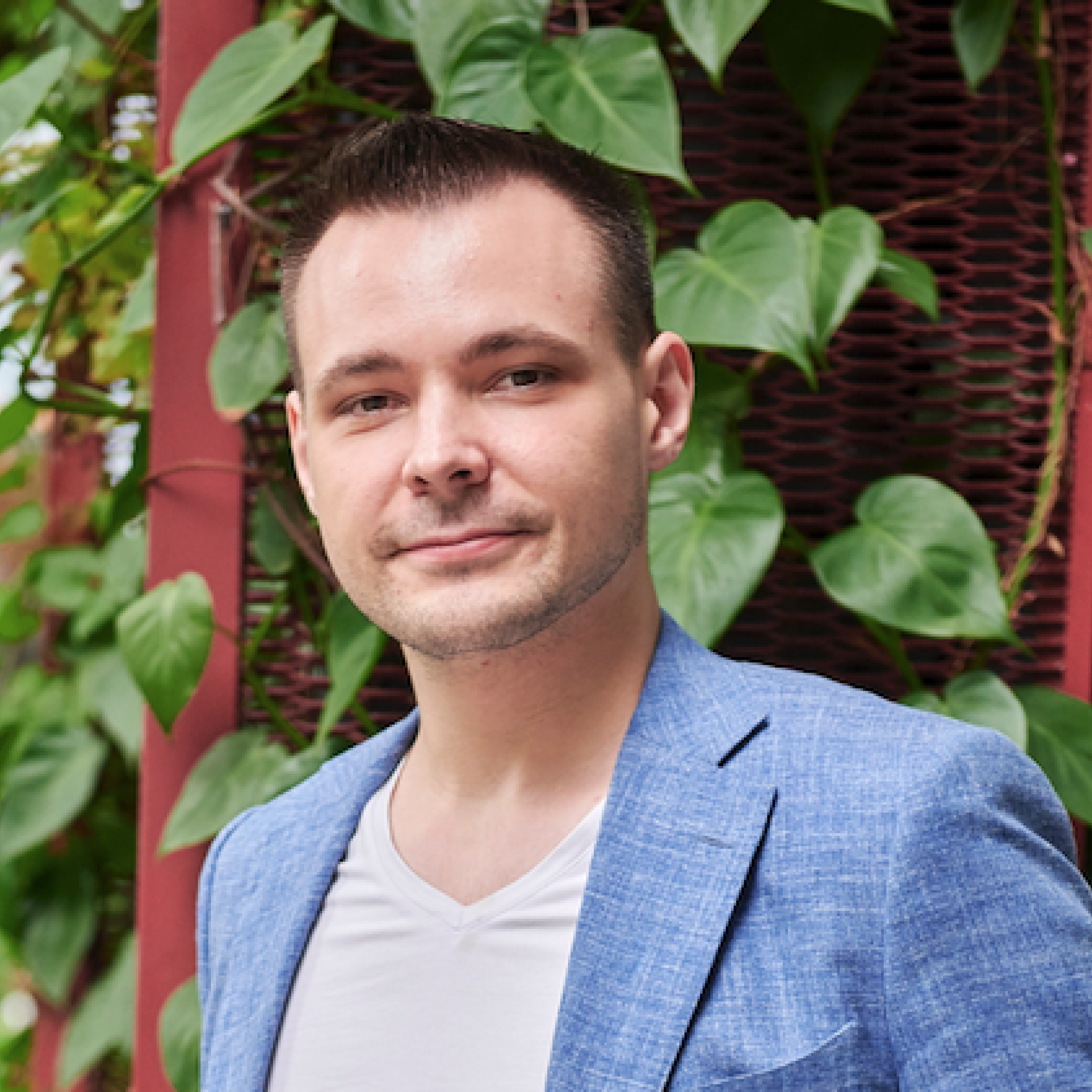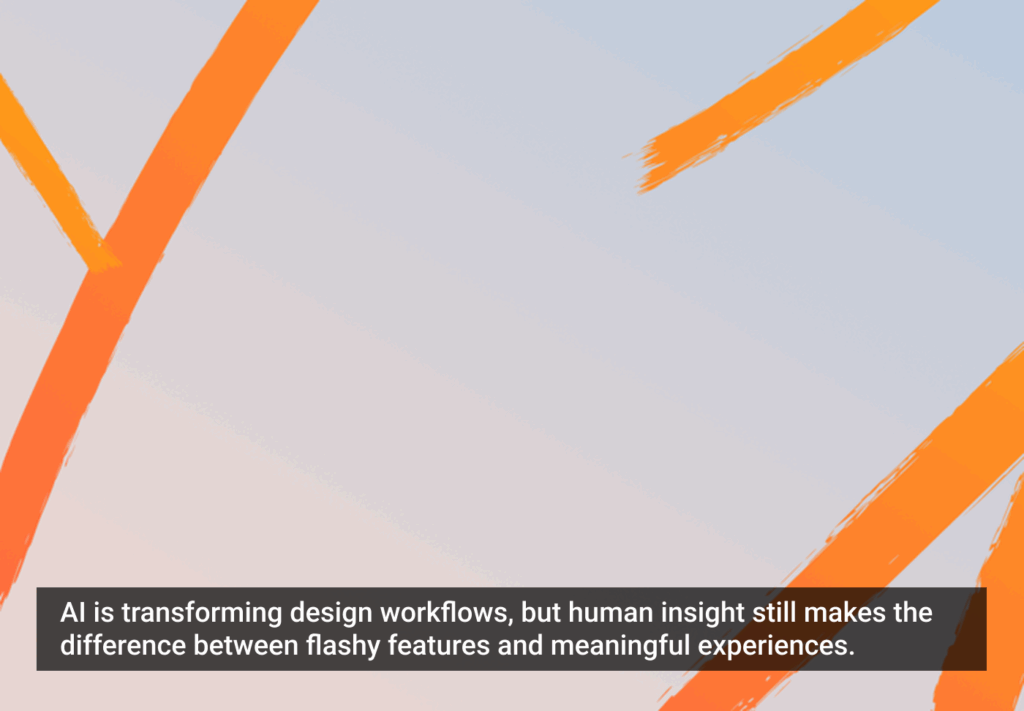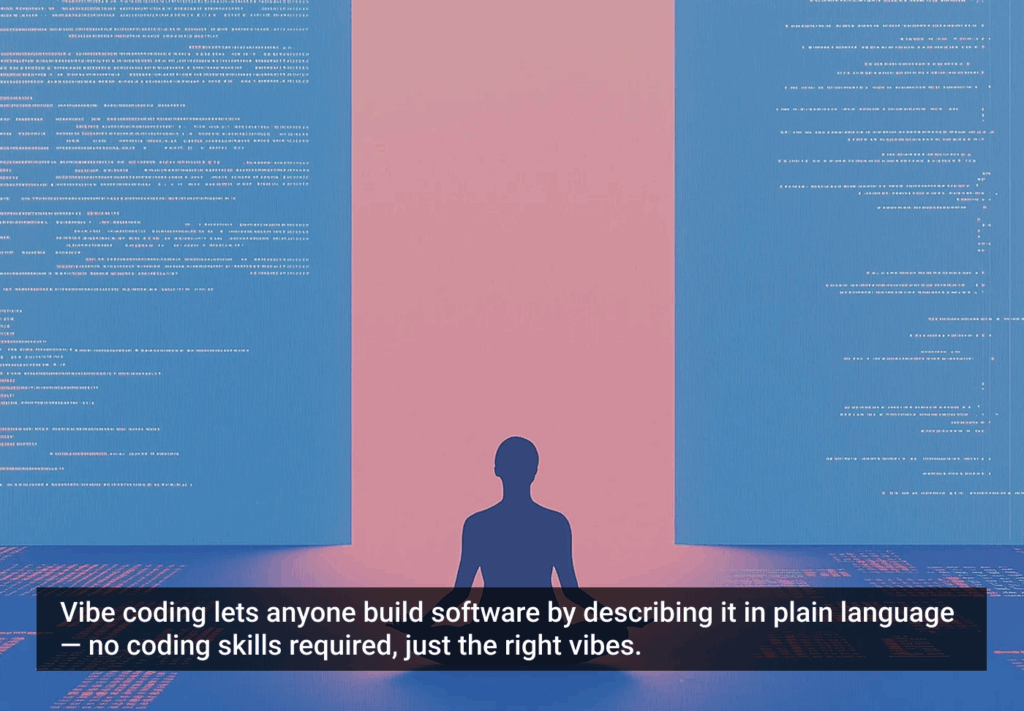Designers proudly wear the hat of being customer advocates. We work in customer-centric ways, do customer research, deeply understand the customer, generate customer insights, and develop innovations customers want. We shun jumping to solutions and preaching exploration, with the customer at the center.
The toolkit we draw on, Design Thinking, famously seeks to find a holy union between what customers want (Desirability), what can be done with current technology (Feasibility) and what adds value to the business (Viability). Only it is not a holy union but a rather unholy one.

Who are we designing for?
Peter Drucker said, “The purpose of business is to create a customer.”. And by desperately wanting a seat at that business table, design has committed itself to playing by the business rules, which means that design is now about creating customers. The very fact that business viability is a set-in-stone staple of the design practice today has manifested the profit motive into the discipline for good.
This comes at the expense of considerations for anyone other than the customer. So we either try to sell more to people already buying from us or get more people to buy from us. Those are the people recruited for qualitative research, surveys, focus groups, and customer tests. Those are the people who get their voices heard when designers create new products and services for companies.
Who is not at that table? Any representative of marginalized groups, the economically powerless, anyone speaking up for the ecology or future generations. Views of these and other groups never make it into the research, which means they never make it into the boardroom, and they never get taken into account in any decision. In design today, by and large, only those wealthy enough to consume get their voices heard.
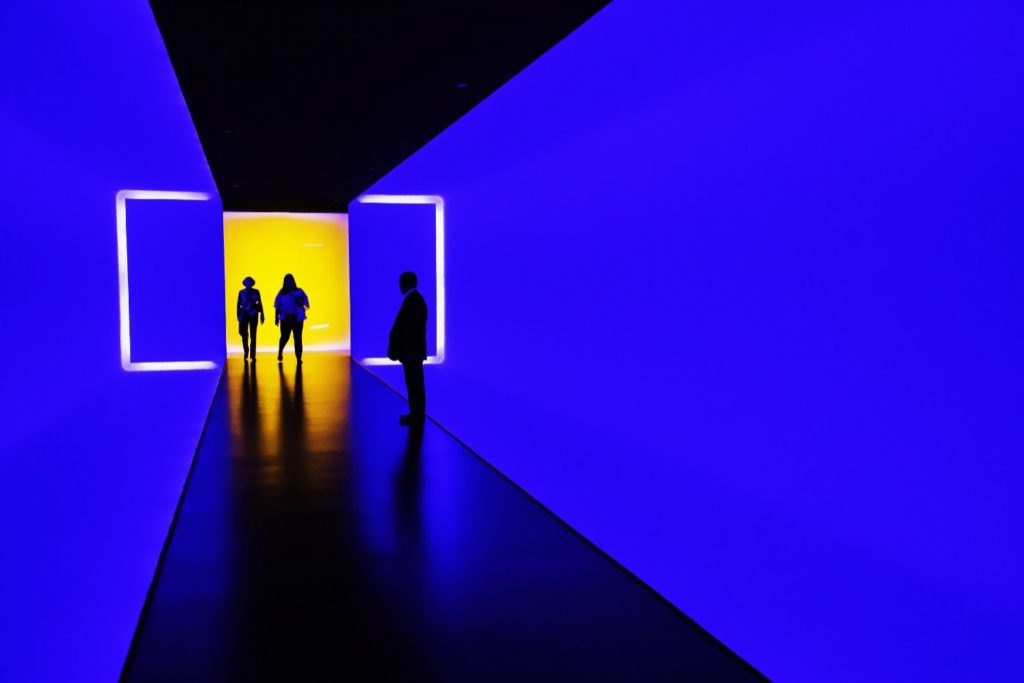
When corporate innovation labs look at new topics, primarily white, young, university-educated, white-collar folks conduct studies that recruit people largely not that dissimilar from them. So is it any wonder that large portions of the population feel left out by progress? It is a flywheel of privilege that propels them forward at the expense of everyone else.
Sadly design has taken a wrong turn. The discipline and its practitioners once had the ambition to be human-centric, at least. They wanted to make the world a better place — and better did not just mean making more money. Designers used to have an honest ambition to make a meaningful difference in people’s lives, whether that made money or not.
The world no one asked for
You need to look no further than the world’s most valuable companies to see all of this in action.
Design at Apple has been so laser-focused on aesthetics that repairability and recyclability have not had a chance. Devices that come at the price tag some trade in a kidney for are designed for planned obsolescence. Apple has brought us the most addictive technologies in history, building features (like push notifications and unread badges on apps) that others turned into manipulation machines. Today they fly the flags of privacy and responsible technology after opening the Pandora box without foresight.
Companies like Netflix and YouTube follow the north star of view time. A metric that at some point might have been a proxy for customer interest has quickly turned into the goals themselves and subsumed all other activities. No commercial metrics try to understand how much value these services add to customers’ lives. Instead, they are happy if a person wakes up, watches YouTube all day, and falls asleep in front of the device. That is literally the most successful outcome for them.
The gig and sharing economy darlings like AirBnB, Uber, and others, have no interest in designing solutions that work for communities and the current social fabric. Instead, they are busy turning VC and public market money into amazing (and discounted) experiences for the well-off, at the expense of other social groups. From helping to rip apart the social fabric of neighborhoods to offering work that does not pay a living wage, being very design-y has clearly not meant much in terms of a social mission.
In foresight work, people often use the term “Preferred Future”. The critical question is — preferred by whom? Today, designers in influential companies are busy bringing about the preferred future they imagine based on the people they recruit into studies. Commercial pressure feeds into recruiting bias feeds into wilful blindness feeds into a downward spiral.
Stop Being Customer Centric
Customer centricity, sadly, is a problem rather than a solution. We know enough today, this far into the 21st century, to understand that we are facing systemic problems as a global community, the likes of which the world has never seen before. Looking at all these problems, we need our best and brightest minds to work on equitable, inclusive, sustainable futures and bring them into existence within a rather short time span.
To design in this century means to be cognizant of all the problems, to have all the information (and then some), and to make deliberate choices in that context. Today, no one can say they did not know. We all know.
Therefore, we need to replace customer-centricity and widen our circle of empathy. We need to be human-centric in the truest sense, and beyond that, we also need to design in balance with ecology and society. We need to integrate the lenses of Responsibility and Sustainability in our work and stop defining value only by the dollars and cents.
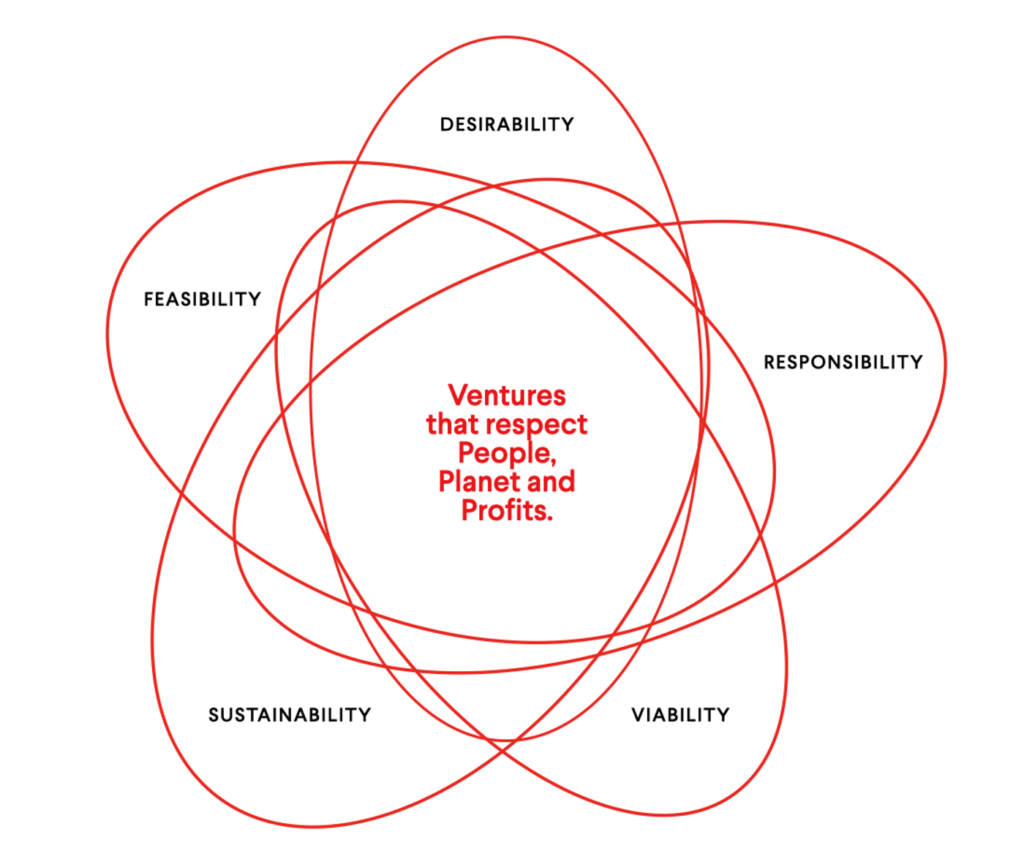
The next time you select a sample for a study, include stakeholders that your work will impact. Not just customers, but the broader group that will in some way be affected by decisions you make.
The next time you create a concept, find ways to manifest representations of the ecology and future generations. How would they view what you have come up with?
The next time you design, bring consciousness to the enormous power every single decision you make holds. With great power comes great responsibility. Be sure to live up to that.
The future starts now; negligence begins tomorrow.





